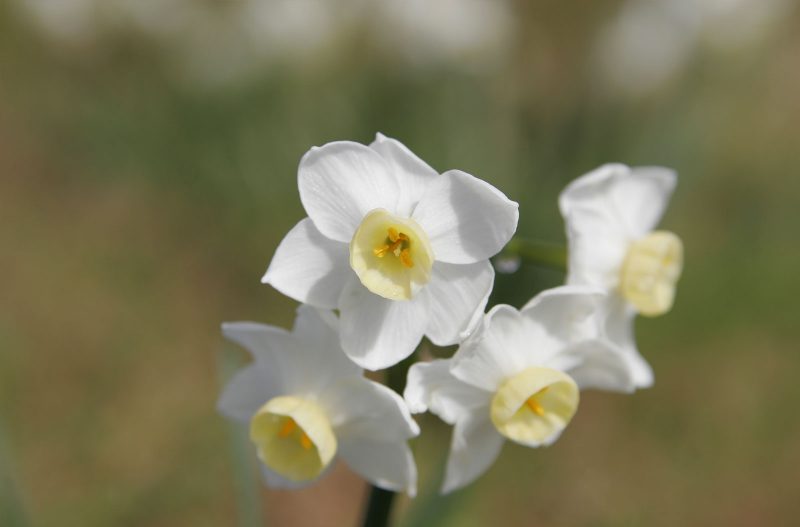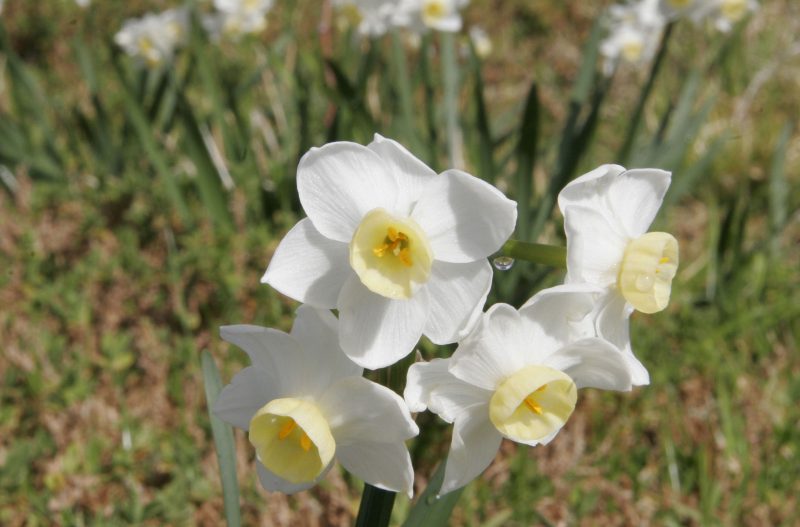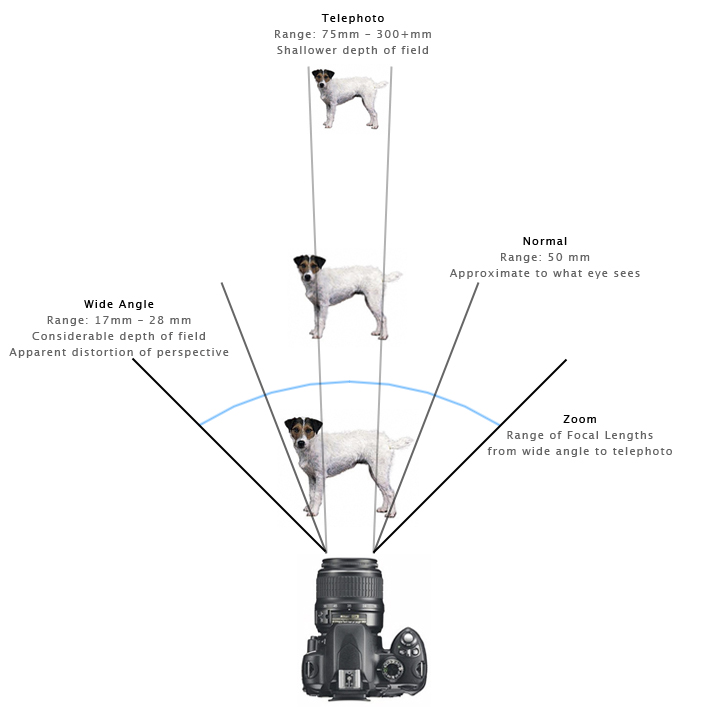4th course: Aperture, depth of field & lenses
Aperture settings explained
Aperture:
The aperture of the lens is the diameter of the lens opening & is usually controlled iris, the larger the diameter of the aperture, the more light reaches the film/ image sensor, the smaller the F-stop number the larger the lens opening (Aperture).
Aperture, ISO & time will complete the exposure triangle (all three values working together to get the right exposure).

A larger aperture = small F number = allows more light
A smaller aperture = large F number = allows less light

Remember: as the higher the F-number the lesser the chance of shallow DOF effect
Landscape & outdoor = High F-number
Shallow DOF = Low F number (Portraits, Sports, Etc.)
Aperture value = F value
Digital camera depth field
The depth of field:
Is the distance within which the subject is considered acceptably sharp, the depth of field varies depending on camera type, aperture opening, and the focusing distance.
The depth of field is dictated by three factors: Aperture, lens focal lens & shooting distance.
Does the aperture affect the depth field?
1- Aperture setting:
the smaller the aperture the deeper the depth of field (the other 2 factors remain the same) for example, if the lens focal length & the shooting distance are the same, the depth of field is much deeper at F/16 than at F/1.4.
2- Focal length of your lens:
the shorter the lens focal length, the deeper the depth of field (the other 2 factors remaining the same), for example, comparing a 28 mm lens with a 50 mm lens at the same aperture & shooting distance, depth of field is deeper with the 28 mm.
3- The distance the subject to the lens/distance from the subject to the background:
The greater the shooting distance the deeper the depth of field (the other 2 factors remaining the same), for example, if the subject is photographed from three & then from seven meters away, the zone of sharpness in the foreground & the background is greater at seven meters.

F/5

F/32
Digital camera lenses explained
Lenses:
There are 3 basic camera lens types, Standard, wide angle & telephoto, the power of the camera lens is measured in millimeters & is known as the focal length of a lens, the 50 mm lens is deemed to be the standard lens for a 35 mm camera, (Prime lens) any camera lens with shorter focal length than this is considered to be a wide angle lens & any lens with longer focal length is considered a telephoto lens.
Wide-angle lenses can be used in Landscape photography, the most common wide-angle lenses are 18 mm, 24 mm & 28 mm.
Telephoto lenses are opposite to wide angle lenses, and can be used in sports events, all the photographers lined up at the end of the pitch are using telephoto lenses, they can get excellent action close-ups & also reduce the depth of field.
Other lens types like macro lenses are used for close-up photography, they have similar properties to a normal lens, but they are able to focus a lot closer to the subject, common focal lengths are 50/55 mm or 90/100/105 mm, and these lenses with the longer focal length come in very handy for taking close-ups of a subject that might otherwise be scared away, the optical quality of a macro lens is normally very high.
Fish-eye lens actually it looks like a fish eye, the angle of view is a full 180%, there is a trade-off in that pictures produced are distorted in that the center of the picture almost comes out to meet you as the top, bottom & the sides of the picture appear to be further away.
Focal length:
The focal length of a lens is defined as the distance in mm from the optical center of the lens to the focal point
Typical focal lengths:
< 35 mm = Wide angle
50 mm = Normal lens
80 mm = Telephoto lens
300 mm = Super Telephoto lens
Focal length examples
The angle of view:
The following diagram illustrates the AOV for different types of lenses.


